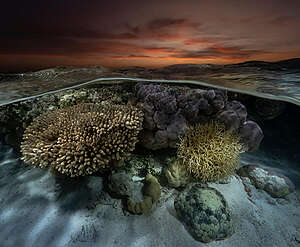Most tourists who visit Perth make it out to Rottnest Island to visit the cute quokkas and marvel at the island’s lonely wind turbine, which once attracted the wrath of former Prime Minister Tony Abbott. But just beyond Rottnest lies a much less-explored region – Perth Canyon, one of the best places in the world to spot the endangered blue whale, the largest animal on the planet.
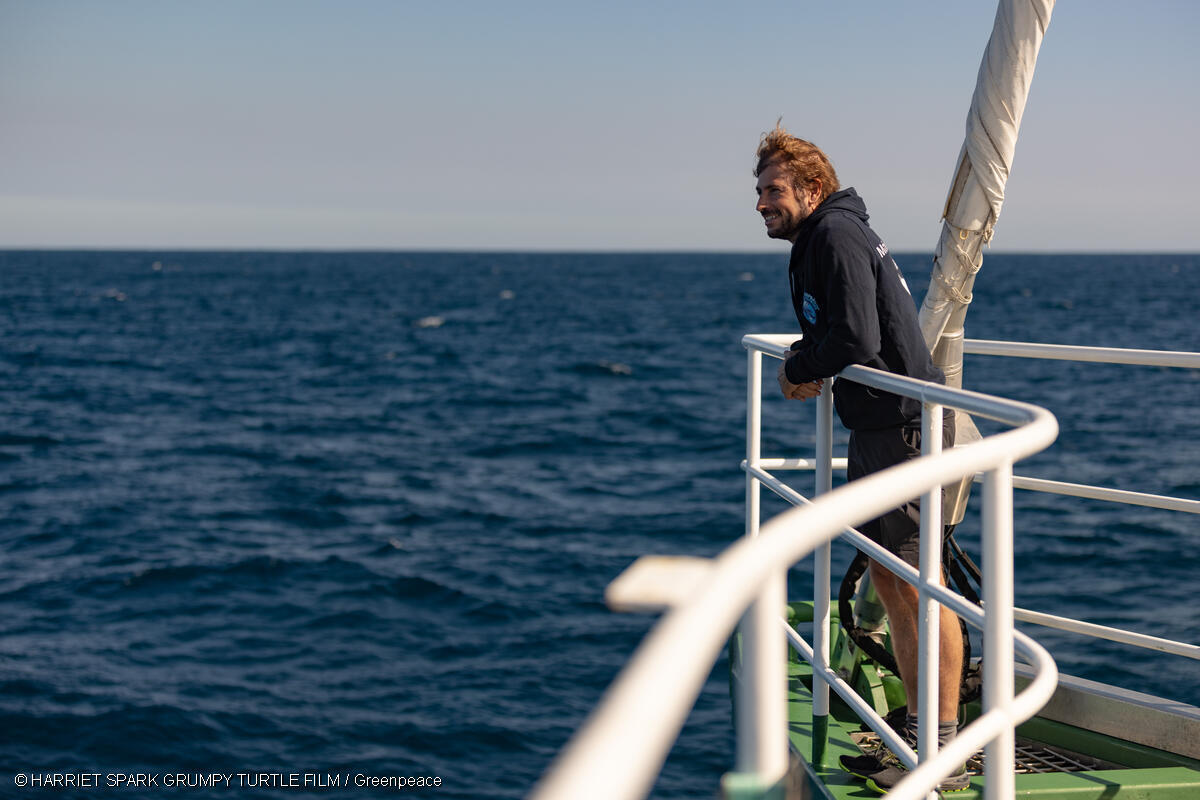

With its nutrient-rich waters and water stretching down to depths of 5000 metres, the Perth Canyon area is a crucial feeding ground for blue whales.
Pygmy blue whales migrate along the Western Australian coast during the winter months, and the Rainbow Warrior is following their migration path, documenting the majesty of these beautiful animals and exposing the harm that could be caused to their environment by fossil fuel company Woodside’s plans for its monstrous offshore gas project, the Burrup Hub.
The Rainbow Warrior left Fremantle yesterday morning, waved off by locals lining the sea wall, in search of whales in the Perth Canyon. Sailing with us was Dr Olaf Meynecke, marine biologist and whale expert, who specialises in research on the impact of climate change on whales.
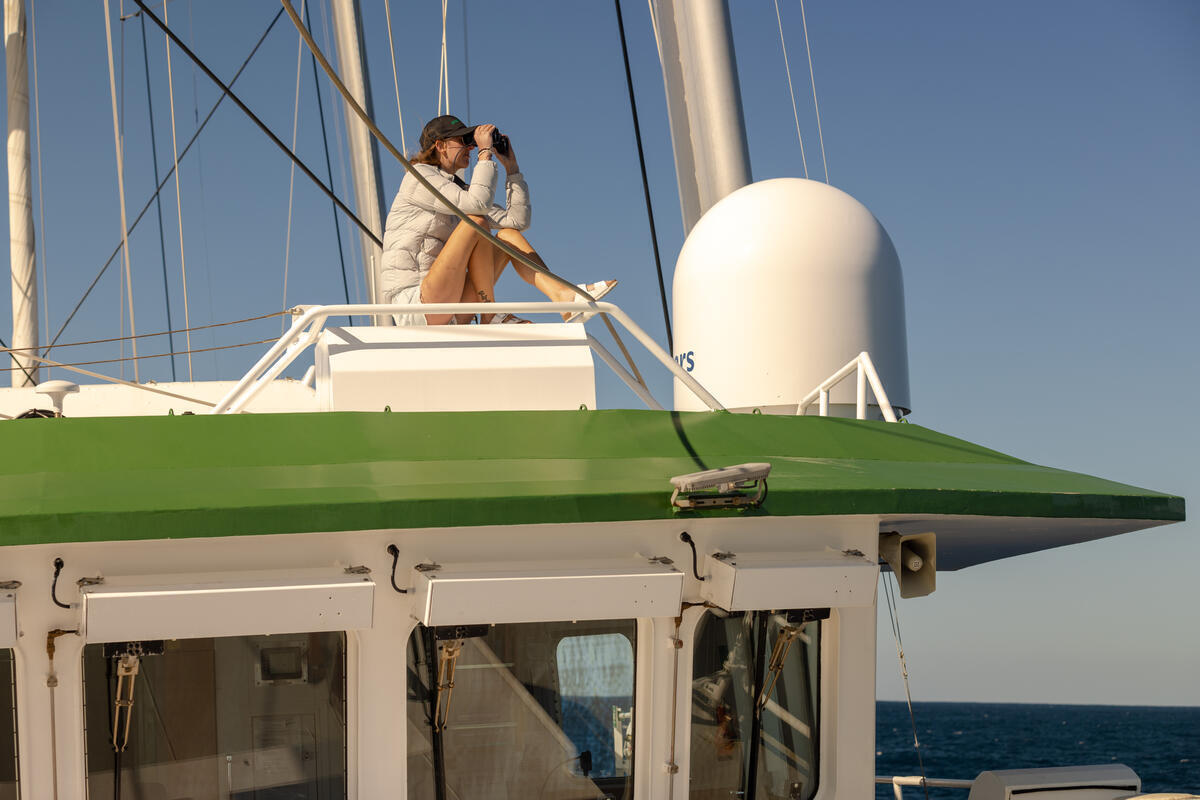
Armed with an array of scientific equipment, including dip hydrophones to record whale sound, a plankton tow to measure microscopic sea life and devices to gauge microplastics in the ocean, Dr Meynecke hopes to find out more about whale populations in this area.
Campaigners and crew were assigned to a visual surveying roster, standing in the bow of the ship scanning the horizon for any sign of whale life. And Perth Canyon did not disappoint.
Our first whale sighting, off the starboard bow, brought everyone running to the deck. A high spout of water out to sea, followed by a sassy flip of a tail. Dr Meynecke confirmed that this was indeed the whale we’d come to see – the pygmy blue whale.
More sightings and spouts followed, each one recorded by the visual surveying crew to add to the data about these elusive whales. In mid afternoon Dr Meynecke, accompanied by Greenpeace Germany campaigner Franzi, set off in a RHIB to get up close and personal with the whales, using the hydrophones to record their song.
The whales obliged, surfacing so close to the boat that they took the observation crew by surprise. These whales, naturally curious and playful, will often come close to smaller vessels to check them out, sometimes even following them.
Over several hours there were no less than eight whale sightings, including blue whales and humpbacks. After celebrating the end of commercial whaling in Albany last week, seeing these beautiful and majestic creatures thriving in WA’s waters was confirmation of why we are here.
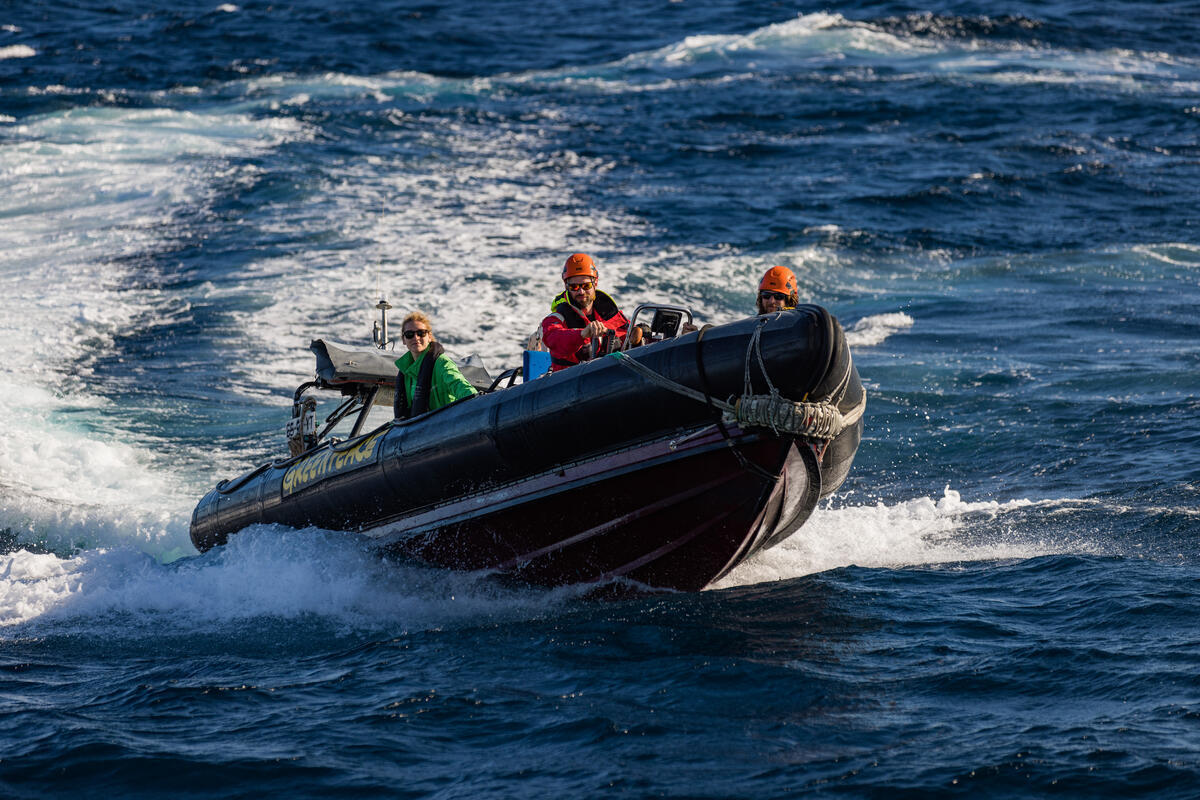
But while whaling is no longer a threat in Australian waters, whales today face more complex challenges.
Warming oceans driven by climate change are changing migration patterns and making food scarce. Noise pollution from engines is a huge source of stress for vulnerable whale populations. With Woodside planning to start seismic blasting to assess gas reserves for its controversial Burrup Hub any day now, protecting whales and exposing the threats they face is more important than ever. Write to your MP and tell them you want a clean energy future, not Woodside’s dirty gas.
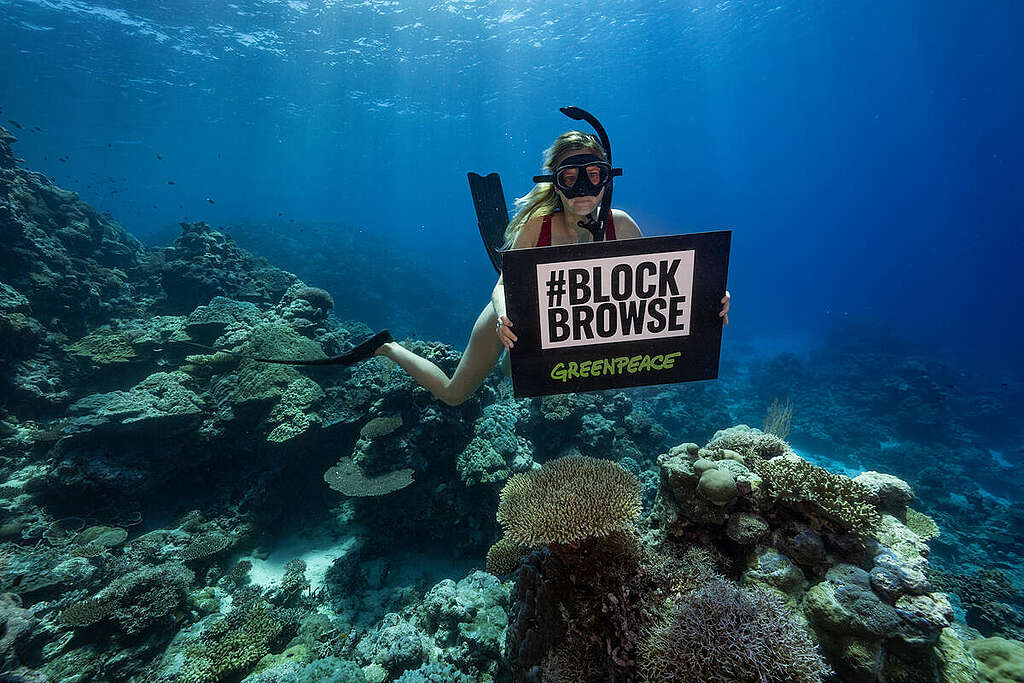
Make sure the government pulls the plug on Woodside’s disastrous plans.
Send email
